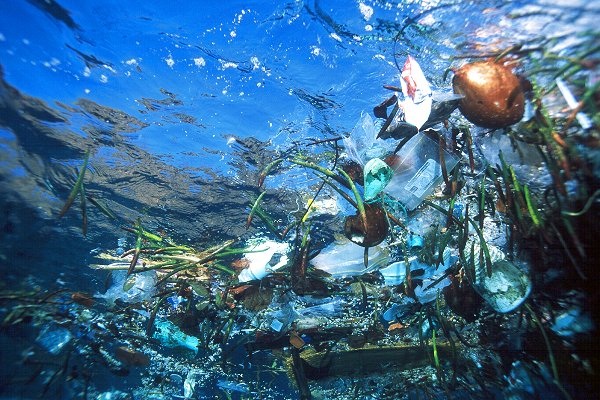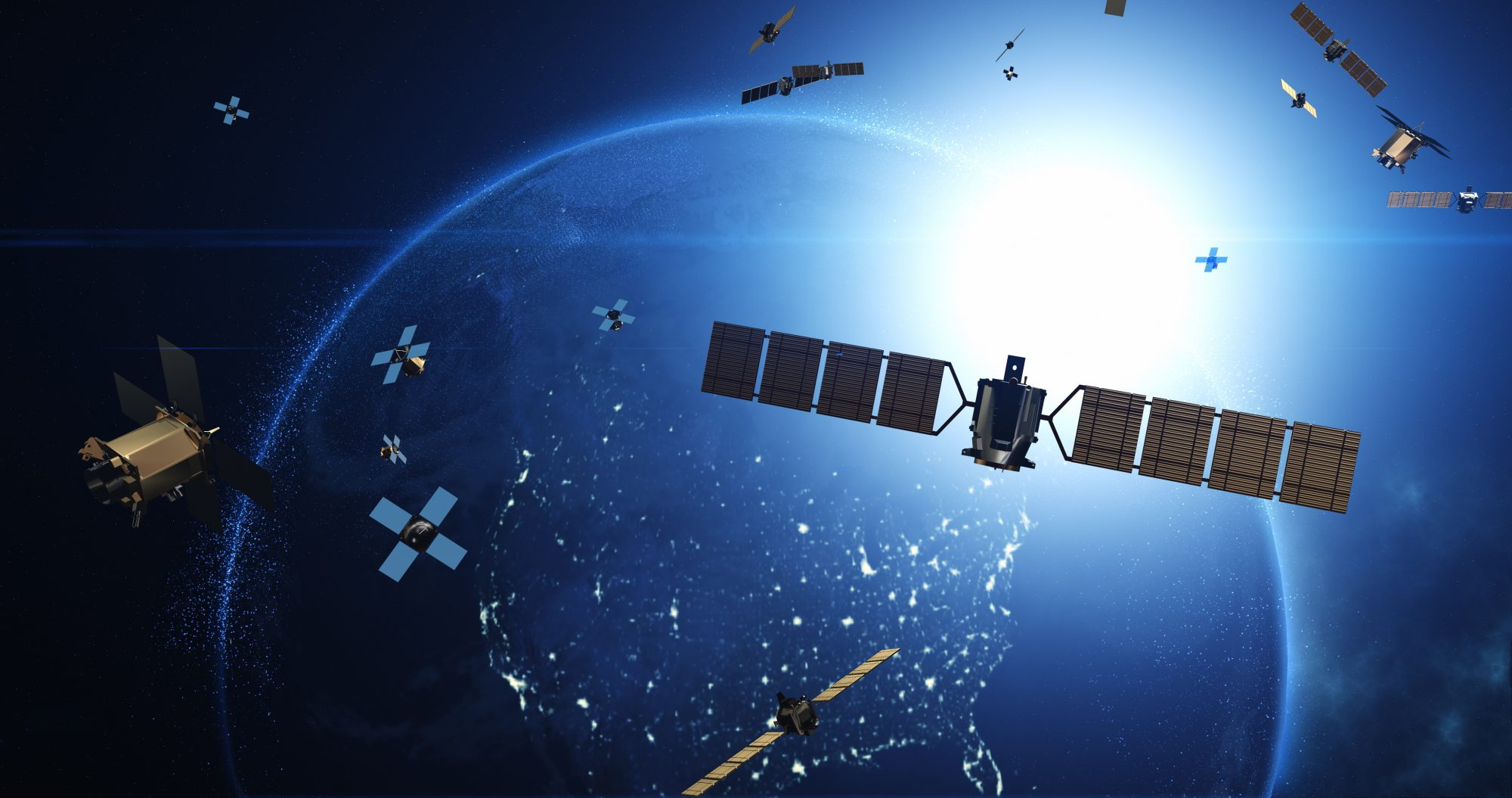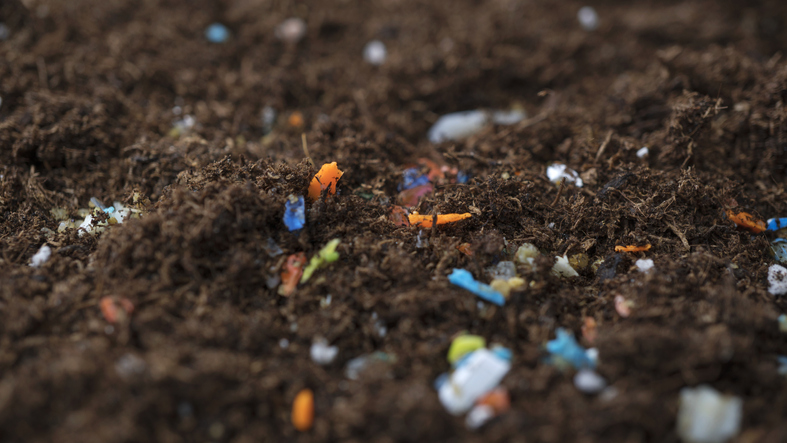zoomacademia.com – Plastic, once hailed as a revolutionary material due to its versatility and affordability, has become one of the most pressing environmental challenges of our time. Today, it’s hard to imagine a world without plastic, yet its widespread use has come at a significant cost to the Earth. From massive landfills to polluted oceans, the consequences of plastic pollution are undeniable. Here’s why plastic is a disaster for our planet and why we must act now to address this global crisis.
1. Plastic Takes Hundreds of Years to Decompose
One of the most dangerous properties of plastic is its longevity. Unlike organic materials that break down relatively quickly, plastic can take anywhere from 500 to 1,000 years to decompose fully. This means that plastic waste from a single generation will remain on Earth for many lifetimes, slowly accumulating in our landfills, oceans, and other ecosystems.
Plastics are made from synthetic polymers, which are designed to be durable and resistant to environmental breakdown. While this durability is advantageous in many consumer products, it also means that plastic waste lingers far longer than it should, contributing to environmental degradation.
2. Plastic Pollutes Our Oceans
One of the most visible and devastating effects of plastic pollution is its impact on our oceans. Over 8 million tons of plastic enter the oceans every year, where it wreaks havoc on marine life and ecosystems. Plastic debris, such as bottles, bags, and microplastics, not only taints the beauty of our oceans but also harms marine species. Marine animals, such as sea turtles, fish, and birds, often mistake plastic for food, leading to deadly ingestion. Ingested plastics can cause internal injuries, malnutrition, or even death.
In addition, plastics break down into microplastics, tiny particles less than 5mm in size, which are now found in virtually all parts of the ocean. These microplastics are consumed by marine organisms and, through the food chain, may eventually end up in the food we eat. Studies have shown traces of microplastics in seafood, raising concerns about potential health risks for humans.
3. Plastics Harm Wildlife and Biodiversity
Plastic waste is not just an eyesore; it is a direct threat to wildlife. Larger plastic items can entangle animals, leading to injury or death. For instance, marine mammals such as seals and whales are often found tangled in plastic fishing nets or other debris, leading to suffocation, disfigurement, and even death.
Moreover, the ingestion of plastics can have severe consequences. In many cases, animals confuse plastic waste with food, ingesting it and often experiencing blockages in their digestive systems. The consequences can be fatal, as animals may starve or suffer from toxic substances leached from plastics. For example, birds such as albatrosses are known to consume plastic debris, mistaking it for fish, which has led to malnutrition and death.
Plastic pollution is also detrimental to ecosystems, disrupting the delicate balance between species and the habitats they depend on. Coral reefs, one of the most biodiverse ecosystems on Earth, are increasingly threatened by plastic waste. The accumulation of plastic debris on reefs smothers corals, preventing them from receiving sunlight and impairing their ability to grow.
4. Plastic Contributes to Climate Change
Plastic is not just harmful to wildlife and ecosystems; it also contributes to climate change. The production of plastic is an energy-intensive process that relies heavily on fossil fuels such as oil and natural gas. In fact, around 4% of global oil production is used to make plastic, and the process releases significant amounts of carbon dioxide (CO2) into the atmosphere, a major contributor to global warming.
Furthermore, plastics are non-biodegradable, meaning they do not naturally break down and instead release harmful gases such as methane and ethane into the atmosphere when they do begin to degrade. These gases are potent greenhouse gases, which can accelerate the warming of the planet and exacerbate climate change.
5. Landfills Are Overflowing with Plastic Waste
Globally, over 300 million tons of plastic are produced each year, and the vast majority of it ends up in landfills, where it contributes to overflowing waste. Only a small percentage of plastic waste is recycled, and much of the rest ends up in places where it can do irreversible damage to the environment.
Landfills are not equipped to handle such large quantities of non-degradable waste, and as plastic waste accumulates, it takes up valuable space, potentially leaching harmful chemicals into the ground and water supply. Over time, this can lead to soil contamination and a decline in land quality, affecting agriculture and natural ecosystems.
6. Plastic Waste Is a Global Issue
Plastic pollution is a global crisis that knows no borders. While developed nations are significant producers of plastic waste, it is often developing countries that bear the brunt of its impact. A lack of proper waste management infrastructure in many parts of the world means that plastic waste is often mismanaged, leading to large-scale environmental pollution, particularly in rivers, oceans, and urban areas.
In countries where recycling systems are either insufficient or nonexistent, plastic waste often ends up in landfills or as litter, exacerbating the problem. Rivers have been identified as key conduits for transporting plastic into the oceans, with some of the world’s most polluted rivers flowing through Asia and Africa. Efforts to tackle plastic pollution require coordinated global action, as it is a transnational issue that affects all ecosystems, no matter where the plastic originates.
7. Plastic Impacts Human Health
While much of the focus has been on the environmental impact of plastic, it also has significant health implications for humans. As mentioned earlier, plastic particles, particularly microplastics, have been found in seafood, drinking water, and even in the air we breathe. Studies have raised concerns about the potential health effects of ingesting or inhaling plastic particles, as they may contain harmful chemicals such as phthalates, bisphenol A (BPA), and flame retardants, which are known to disrupt hormonal systems and contribute to a range of health problems, including reproductive issues and cancer.
Additionally, the production and disposal of plastics release toxic substances into the environment. When plastics are burned, they emit harmful chemicals, such as dioxins and furans, which can cause respiratory problems, cancer, and other health issues. People living near plastic manufacturing plants or waste incinerators may be at increased risk of exposure to these toxins.
8. The Need for Immediate Action
The scale of the plastic pollution problem is staggering, but it is not insurmountable. Immediate action is essential to reducing plastic waste and mitigating its impact on the environment. Several steps can be taken to reduce plastic consumption, including:
-
Reducing single-use plastics: Governments, industries, and consumers must work together to phase out single-use plastic products, such as straws, cutlery, and plastic bags, and replace them with sustainable alternatives.
-
Improving recycling systems: Investing in better waste management infrastructure, especially in developing countries, is crucial for tackling plastic waste at the source.
-
Encouraging innovation: Encouraging the development of biodegradable plastics and more sustainable packaging materials can help reduce the environmental impact of plastic.
-
Raising awareness: Education campaigns about the environmental impact of plastic and the importance of reducing plastic waste can lead to positive changes in consumer behavior.
Conclusion: A Call to Action
Plastic is undeniably one of the greatest environmental challenges of our time. Its destructive effects on wildlife, ecosystems, human health, and the climate cannot be ignored. However, the crisis also presents an opportunity for change. By taking collective action, from reducing plastic consumption to improving waste management and supporting innovation, we can begin to address the disaster that plastic has become for the Earth. The time to act is now, before the damage becomes irreversible.







